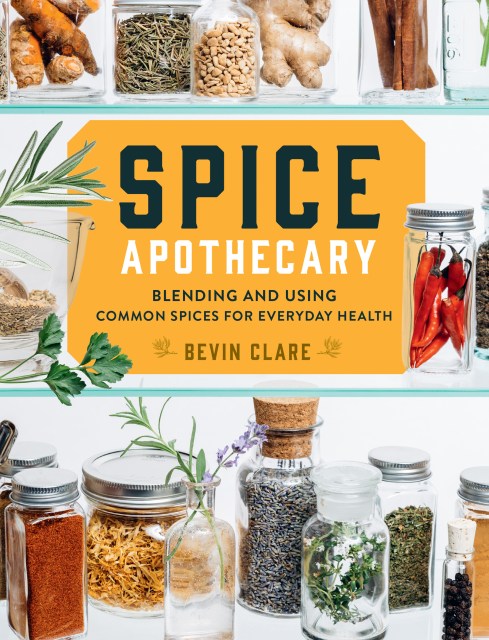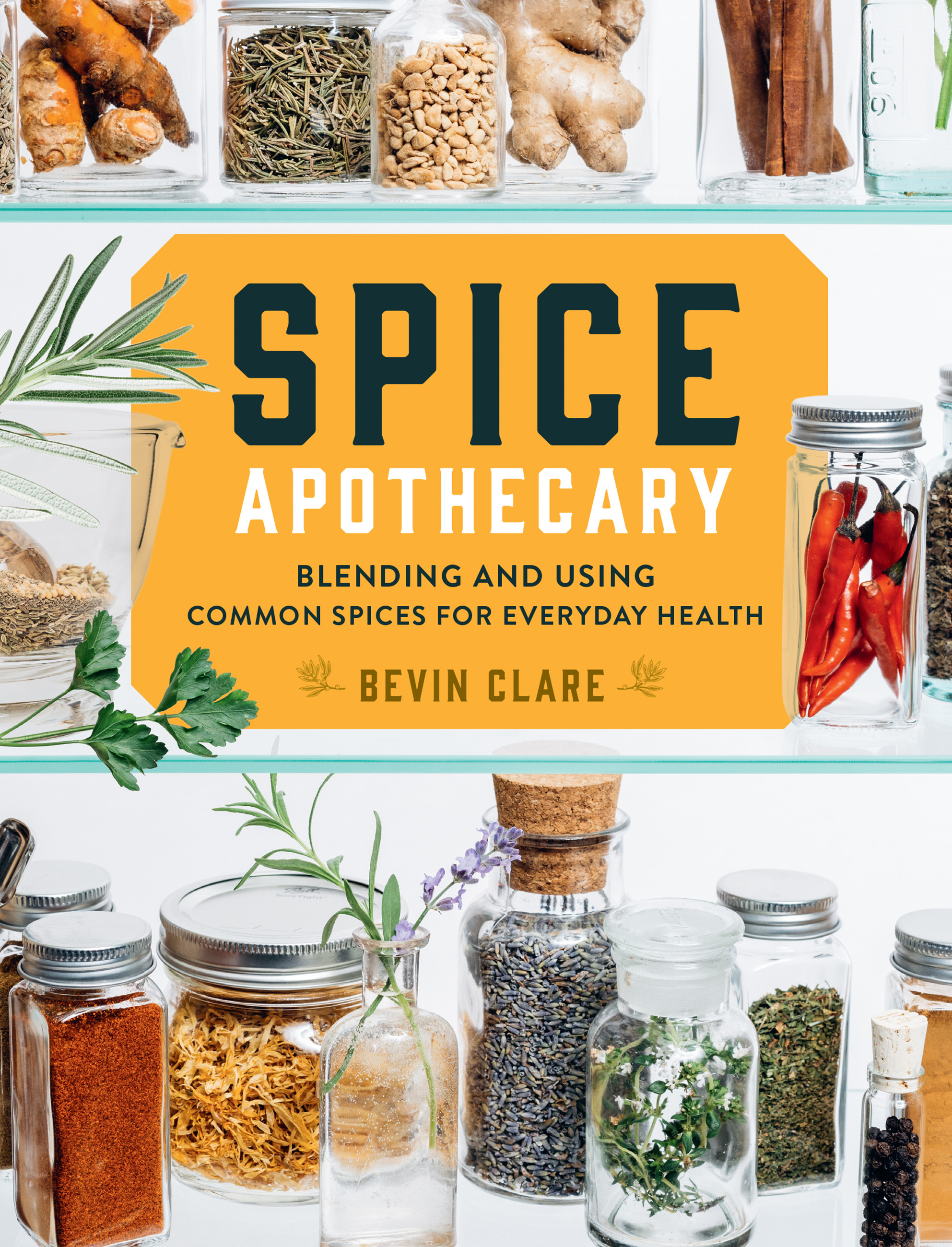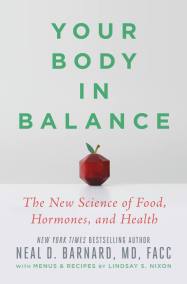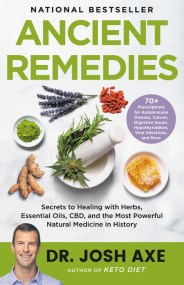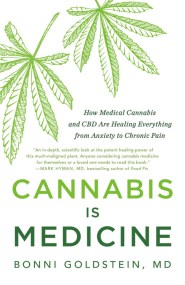Promotion
Use code MOM24 for 20% off site wide + free shipping over $45
Spice Apothecary
Blending and Using Common Spices for Everyday Health
Contributors
By Bevin Clare
Formats and Prices
Price
$11.99Price
$15.99 CADFormat
Format:
- ebook $11.99 $15.99 CAD
- Trade Paperback $18.95 $23.95 CAD
This item is a preorder. Your payment method will be charged immediately, and the product is expected to ship on or around June 23, 2020. This date is subject to change due to shipping delays beyond our control.
Also available from:
Spices are universally recognized as a source of flavor and aromatics, but in cultures around the world, these plant parts have a long history as source of medicine. In Spice Apothecary, author Bevin Clare combines her training in herbalism and nutrition to inspire a return to the kitchen spice cabinet for better health and healing. Focusing on 19 common culinary spices that are easy to source and prized for their flavor, this practical guide highlights each spice’s role in supporting wellness goals and delivers creative and impactful ways to incorporate key health-boosting spices into everyday life. To bolster the immune system, chili, garlic, ginger, and mustard are best. Celery seed, parsley, and sage support kidney function, while the respiratory system benefits most from ginger, mint, and thyme. Learn the best way to harness each spice’s medicinal power, the proper way to store spices, and how to determine your daily dose. Then, prepare customized dried spice blends and use them in delicious dips, soups, sauces, and even sweets that deliver flavor and healing.
This publication conforms to the EPUB Accessibility specification at WCAG 2.0 Level AA.
Genre:
-
"If you are in tune with using food as medicine, Spice Apothecary will earn a prized place on your shelves. In it, Bevin Clare summarizes the healing properties that are inherent to various plants and traditional remedies within many different cultures. A more detailed exploration of the health-boosting qualities of some common spices follows, with simple recipes to easily incorporate them into your daily diet." — Foreword Reviews
“The perfect guide to using spices for everyday wellness and radiant good health, Spice Apothecary provides a detailed and thorough account of the medicinal properties of common spices and the best ways to incorporate them into our daily diets. Important information not normally found in other books — such as recommended dosage, specific medicinal uses, clinical applications, safety issues, as well as an abundance of delicious, well-spiced recipes — make this an excellent reference for everyone interested in good health and good food.” — Rosemary Gladstar, herbalist and author
“Drawing on her years of practice as an herbalist, Bevin Clare invites us to reconsider the healing powers of common and exotic spices from all over the world. Mixing two parts culinary know-how with one part herbal wisdom and a pinch of science, she creates a recipe for restoring spices to their rightful role in shaping our health!” — Patricia Kyritsi Howell, RH (AHG)
“Spice Apothecary is a beautifully woven collection of stories, recipes, and practical guidance for incorporating spices into your daily life. No other resource provides such detailed and accessible information about how to use spices therapeutically as part of a healthy diet.” — K. Camille Freeman, herbalist and licensed nutritionist
“I love the affordable and delicious approach of eating medicinal herbs in your daily cuisine. Bevin Clare’s creative spice blends and recipes for using them will make you rethink your spice cabinet!” — Maria Noël Groves, RH (AHG), clinical herbalist at Wintergreen Botanicals and author of Body into Balance and Grow Your Own Herbal Remedies
“Spice Apothecary is an easy-to-use, beautifully illustrated guide that will have you cooking with culinary spices for your health more often.” — David Winston, RH(AHG), DSc (HC), coauthor of Adaptogens: Herbs for Strength, Stamina, and Stress Relief
“Bevin Clare’s expert guidance shows you how to use healing spices with confidence, to add evocative flavor to your life and powerfully support your health.” — Rosalee de la Forêt, author of Alchemy of Herbs: Transform Everyday Ingredients into Foods and Remedies That Heal
- On Sale
- Jun 23, 2020
- Page Count
- 176 pages
- Publisher
- Storey
- ISBN-13
- 9781635860849
Newsletter Signup
By clicking ‘Sign Up,’ I acknowledge that I have read and agree to Hachette Book Group’s Privacy Policy and Terms of Use
